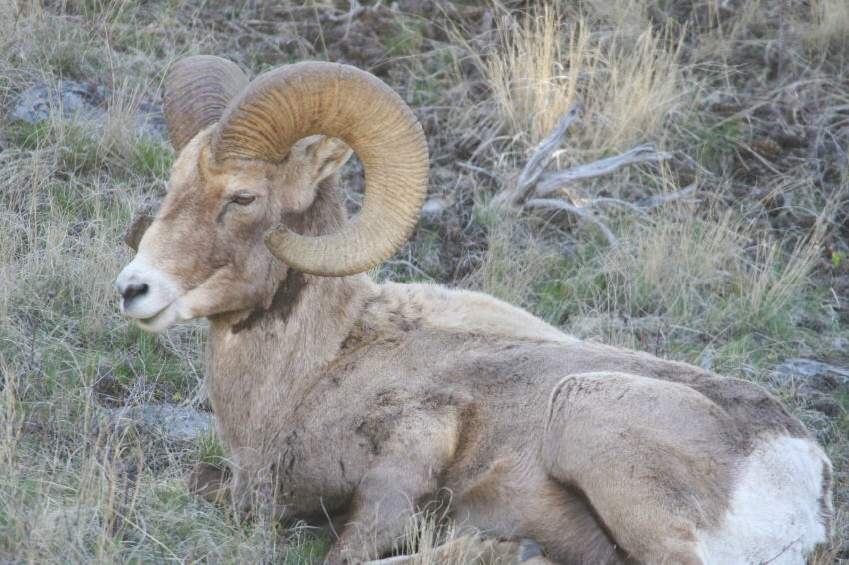Stomach Comparisons
By Dave Hanks
Homo sapiens have one stomach. It digests the foods that have a basic pH, such as meats and animal products. These foods remain in the stomach much longer and are a poor choice to ingest before strenuous physical activity. The acids in our stomach neutralize these basic pH foods so that enzymes can do their work of digestion. Acidic pH foods, such as fruits and vegetables, move more quickly into our small intestine. The basic pH nature of this organ neutralizes the acidic foods to allow these enzymes to fulfill their function.
Birds have three stomachs: the CROP, the PROVENTRICULUS, and the GIZZARD. Birds have no teeth and that is why you see them at roadsides picking up little pieces of rock or grit. This grit goes into the gizzard to act in a grinding action like teeth would. The crop (which most birds have) serves to moisten and lubricate that which has been swallowed - then into the true stomach (proventriculus) where enzymes are added – then into the gizzard.
A cycle of contractions force the food back and forth between the latter two stomachs until it is ready to enter the intestines for assimilation. Some birds have two additional blind sacs branching off from their large intestine called CECA. These give additional help (through fermentation) to finish the digestion of heavy cellulose containing food stuffs.
Ruminants, which are a type of ungulate (hoofed), have four stomachs. These animals, when at rest, are always chewing their cud (a regurgitated food bolus). Their diets consist of feeds heavy in fiber - mostly grass, twigs, leaves, etc. This requires a more detailed process to accomplish digestion. Food enters the ¬RUMEN (1st) where bacteria attack it and start the breakdown process. It is then belched up and re-chewed before proceeding into the RETICULUM (2nd) to be further reduced. Then the OMASUM (3rd) works it down even further before it moves into the ABOMASUM (4th). This fourth stomach is the true stomach where enzymes can now go to work to complete the breakdown process.
The various adaptations of the great diversity of living things are most interesting!
(Bighorn ram at rest and chewing his cud)
|
